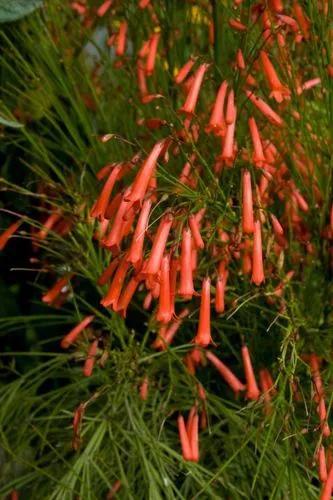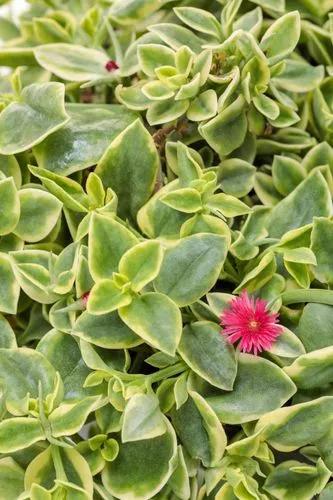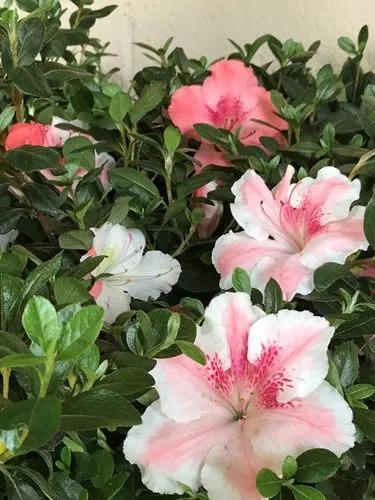Zephyranthes carinata, commonly known as the rosepink zephyr lily, is a perennial flowering plant native to Mexico, Colombia and Central America. Zephyranthes carinata has large bright pink flowers, around 10 cm (4 in), and green strap-like leaves. They are found naturally in moist, open areas, often near woodlands.
Zephyranthes Carinata Care
Zephyranthes Carinata
Other names: Pink Rain Lily



How to Care for the Plant

Water

Water regularly but with little amount of water during spring and summer; reduce watering until leaves turn yellow; do not water in winter. Fertilize with compost or manure at the time of planting the bulbs.

Fertilizer

Fertilize with compost or manure at the time of planting the bulbs.

Soil

Plant the small rain lily bulbs in well-draining soil during the fall season.

Additional

Toxicity. Like other species of Zephyranthes, Z. carinata contain toxic alkaloids including pretazettine, carinatine, lycorine, galanthamine, and haemanthamine. If ingested, they can cause vomiting, convulsions, and death.

Popularity

320 people already have this plant 44 people have added this plant to their wishlists
Discover more plants with the list below
Popular articles






